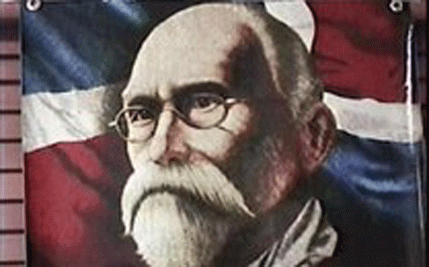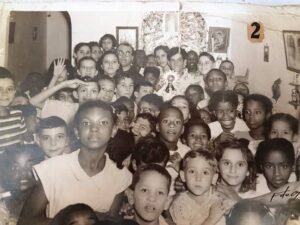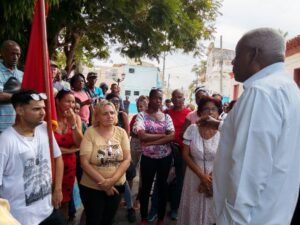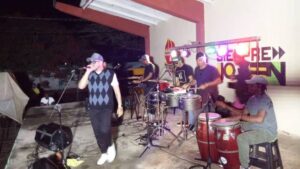Máximo Gómez: Cuba’s Dominican Son.

119 years after his departure to immortality, his heroic imprint lives on in the heart of the homeland where he found a home and in the collective memory of the people who credited him, deservedly and opportunely, as «The Generalissimo».

The liberation movement that began at the dawn of October 1868 found in Major General Máximo Gómez Báez one of its most outstanding paradigms, who did not hesitate for a second to put at the service of Cuba his enormous capacity for military leadership, as well as his unconditional attachment to independence to make this his second homeland and give it his heart and courage in the manigua.
A native of the Peruvian town of Baní in Santo Domingo, Dominican Republic, he was born on November 18th, 1836 and, with the conviction of dismantling the colonial occupation that oppressed the largest of the Antilles, after participating in various combat actions in his native country, he joined the Mambi forces just four days after Céspedes’ shout in La Demajagua.
Thanks to his previous military knowledge and, during the Ten Years’ War, he became an exponent of the guerrilla strategy in the battlefield and precursor of the first machete charge in the country, a practice that became the identity seal of the mambisado. In this period he rose up in different territories such as La Indiana, Sagua de Tánamo, Monte Líbano, El Oasis and Tiguabo, among others.
His revolutionary actions did not stop even in exile and, precisely on October 2nd, 1884, when together with Lieutenant General Antonio Maceo he was involved in the preparations to restart the armed struggle on the island, he met José Martí in New York, whom he would join on March 25th, 1895 to sign the Manifesto of Montecristi, a document whose emancipating, humanist conceptions and those related to the sovereignty and independent development of the country, consolidated him as the cornerstone of the war of 1995.
Back on Cuban soil, he led, together with the Bronze Titan, what to this day is still recognized as one of the most emblematic military feats of the 19th century in the region: the Invasion of the West, since both brave men managed to outwit the Hispanic power and extend from Mangos de Baraguá to Mantua the insurgent struggle and lead the famous Circular and Las Villas Campaign and the strategic Invasion Loop, among other victorious actions.
During 1897 he kept his Mambi journey between Las Villas and Las Tunas and by 1898 he moved to Quinta de los Molinos in Havana and was a member of the Assembly of the Hill when it was established as Provisional Government, but due to disagreements with his executive he ended up being removed from his position as General in Chief of the Liberation Army in March 1899, an action repudiated by the popular masses that did not cease in their determination to defend him and condemn the assembly members, whose structure ended up succumbing a few days later after the pressure.
In poor health, the «Chino Viejo», as his closest friends called him, died in the capital on June 17th, 1905 and 119 years after his departure to immortality, his heroic imprint lives on in the heart of the Homeland where he found a home and in the collective memory of the people who credited him, deservedly and opportunely, as «El Generalísimo» (The Generalissimo).
Written by Yadiel Barbón Salgado.




